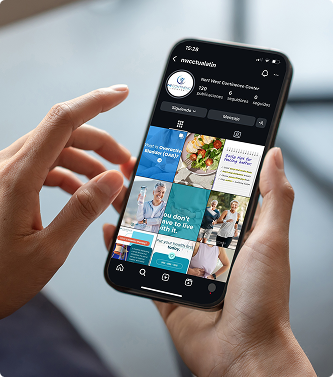Do You Have These Symptoms of Lumbar Spinal Stenosis

As you get older, it’s common to experience more aches and pains. But if you’re noticing chronic lower back pain, weakness, or tingling in your legs, these could be signs of a more serious condition: lumbar spinal stenosis (LSS).
At Spinal Diagnostics, we specialize in identifying and treating spine-related conditions like LSS. Here’s how to recognize the symptoms and understand what steps you can take for relief.
What is lumbar spinal stenosis?
Spinal stenosis refers to the narrowing of spaces in your spine, which can put pressure on the nerves that travel through the lower back. When this occurs in the lumbar (lower) spine, it’s called lumbar spinal stenosis.
The condition often develops due to age-related changes like arthritis, degenerative disc disease, or thickening of spinal ligaments.
Common symptoms of LSS
While some people with LSS may not notice symptoms at first, others can experience significant discomfort, including:
- Persistent lower back pain
- Pain, numbness, or tingling that radiates down the legs
- Muscle weakness in the legs or feet
- Cramping in the calves when walking or standing for long periods
- Relief from pain when bending forward or sitting down
- Loss of balance or coordination
These symptoms can range from mild to severe and may worsen over time if left untreated.
When to seek help
If you’ve noticed these symptoms — especially if they interfere with your ability to walk, work, or enjoy daily life — it’s time to talk to a specialist. LSS is manageable, and early diagnosis can lead to better outcomes.
At Spinal Diagnostics, we offer advanced diagnostic testing to determine the exact cause of your symptoms and recommend effective treatments tailored to your needs.
Treatment options
LSS treatment can include:
- Physical therapy to improve strength and flexibility
- Medications to reduce inflammation and manage pain
- Epidural steroid injections for targeted relief
- Minimally invasive procedures like the Vertiflex™ spacer
- Neuromodulation therapies
Our team will help you determine which options are best based on your condition and lifestyle.
If you’re experiencing symptoms of lumbar spinal stenosis, schedule an appointment with Spinal Diagnostics to get the care and relief you deserve.

